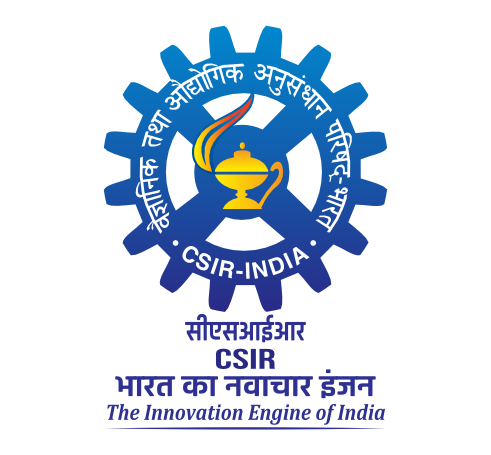Nannochloropsis biomass alleviates high fat diet induced cardiac and hepatic metabolic disturbances in mice
Chris, Cherita and Punarvasu, T. P. and Pramod Kumar, P. and Harish Prashanth, K. V. and Vikas Singh, Chauhan (2025) Nannochloropsis biomass alleviates high fat diet induced cardiac and hepatic metabolic disturbances in mice. Food Bioscience, 69. pp. 1-16.
|
PDF
1-s2.0-S2212429225010600-main.pdf - Published Version Restricted to Registered users only Download (19MB) | Request a copy |
Abstract
The high-fat diet (HFD) causes cardiac and hepatic injury by inducing metabolic disturbances like oxidative stress, dyslipidemia, steatosis, endothelial dysfunction, angiogenesis, altered organ function parameters, in flammatory mediators, and apoptosis. The present study evaluated bioactive compounds rich biomass of microalga Nannochloropsis sp. for its possible protective effect and associated mechanisms against HFD induced hepatic and cardiac metabolic disturbances in a mice model. Supplementation of HFD with 15 % of Nanno chloropsis sp. biomass significantly alleviated the cardiac and hepatic metabolic disturbances. Supplementation countered the body weight gain, modulated oxidative stress and dyslipidemia, improved cardiovascular risk indices, and attenuated the organ/tissue injury markers AST, ALT, CKMB, and LDH. Histology studies showed that supplementation effectively reduced the HFD induced steatosis, hypertrophy, fibrosis, and necrosis in the liver and heart tissues. Supplementation significantly suppressed the elevated mRNA expression levels of PPAR-γ and CD36, thereby protecting the organs against steatosis. Furthermore, the supplementation significantly alleviated the HFD induced perturbations in inflammation and apoptosis by suppressing the elevated caspase-3 and caspase-9 activity and protein expression of NF-κB, TNF-α, COX-2, and iNOS while upregulating the IL-10 protein expression. Supplementation also significantly attenuated the endothelial dysfunction and angiogenesis-associated organ remodelling by downregulating the increased mRNA expression levels of ICAM-1, VCAM-1, and VEGF-A. The study suggests the potential of Nannochloropsis sp. biomass as a functional dietary supplement for the alleviation of HFD induced cardiac and hepatic metabolic disturbances.
| Item Type: | Article |
|---|---|
| Uncontrolled Keywords: | Nannochloropsis sp, High-fat diet, Dyslipidemia, Organ injury, Inflammation |
| Subjects: | 500 Natural Sciences and Mathematics > 08 Botanical sciences > 01 Botany > 01 Algae 600 Technology > 08 Food technology > 19 Lipids-oils/fats |
| Divisions: | Dept. of Biochemistry Plant Cell Biotechnology |
| Depositing User: | Somashekar K S |
| Date Deposited: | 24 Jun 2025 10:46 |
| Last Modified: | 12 Nov 2025 07:13 |
| URI: | http://ir.cftri.res.in/id/eprint/19579 |
Actions (login required)
 |
View Item |

